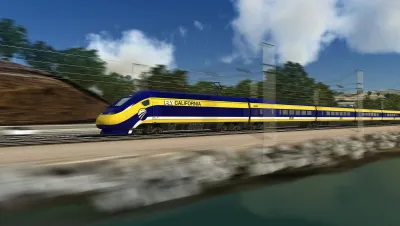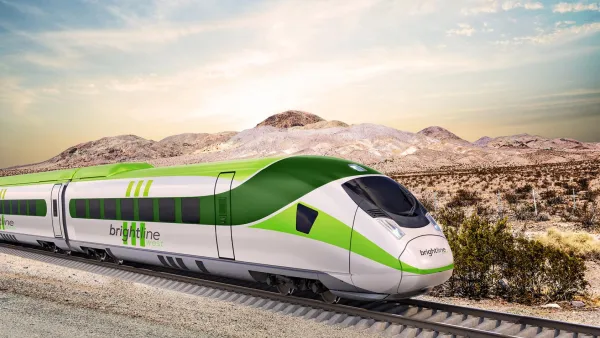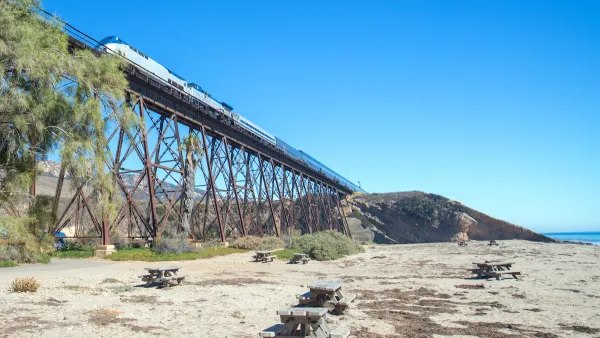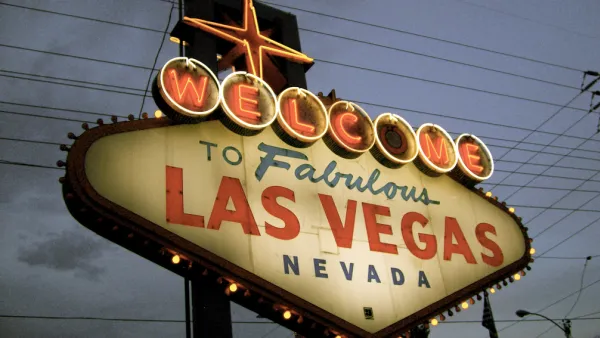Given its unprecedented “scale and scope”, California's bullet train poses a plethora of complex challenges to engineers and train planners, reports Ralph Vartabedian, yet it also seizes their imaginations.

A modern attempt is now underway to echo the bold effort that connected the Bay Area and Southern California by rail in 1874. This time, "[t]unneling machines as long as a football field will have to be jockeyed into mountain canyons to do the heavy, back-breaking work once left to Chinese laborers," writes Vartabedian.
"The sheer scale and scope of the bullet train's push into Southern California, including traversing complex seismic hazards, would rival construction of the state's massive freeway system, water transport networks and its port complexes."
The project will traverse not only the Tehachapi Mountains, but also the San Gabriel Mountains, arguably "the greatest design challenge of the $68-billion project" says Vartabedian. Running through a geographical obstacle course, it will soar over canyons, duck in and out of tunnels, and climb some of the steepest high-speed rail inclines, all the while maintaining a speed of 220 mph.
Among other things, engineers must figure out the best, and perhaps straightest, route that will allow the high-speed train to fulfill a legal mandate that they travel from Los Angeles to San Francisco in less than two hours and 40 minutes. Vartabedian adds, "[i]f completed as planned, [the project will] close a gap in the state's rail network. Today, Amtrak passengers have to take a bus from downtown Los Angeles to Bakersfield to catch northbound trains."
Though unprecedented in Southern California, more complex projects than this have been completed in China and Switzerland, and project managers, engineers and experts remain confident.
FULL STORY: Bullet-train planners face huge engineering challenge

Analysis: Cybertruck Fatality Rate Far Exceeds That of Ford Pinto
The Tesla Cybertruck was recalled seven times last year.

National Parks Layoffs Will Cause Communities to Lose Billions
Thousands of essential park workers were laid off this week, just before the busy spring break season.

Retro-silient?: America’s First “Eco-burb,” The Woodlands Turns 50
A master-planned community north of Houston offers lessons on green infrastructure and resilient design, but falls short of its founder’s lofty affordability and walkability goals.

Test News Post 1
This is a summary

Analysis: Cybertruck Fatality Rate Far Exceeds That of Ford Pinto
The Tesla Cybertruck was recalled seven times last year.

Test News Headline 46
Test for the image on the front page.
Urban Design for Planners 1: Software Tools
This six-course series explores essential urban design concepts using open source software and equips planners with the tools they need to participate fully in the urban design process.
Planning for Universal Design
Learn the tools for implementing Universal Design in planning regulations.
EMC Planning Group, Inc.
Planetizen
Planetizen
Mpact (formerly Rail~Volution)
Great Falls Development Authority, Inc.
HUDs Office of Policy Development and Research
NYU Wagner Graduate School of Public Service




























